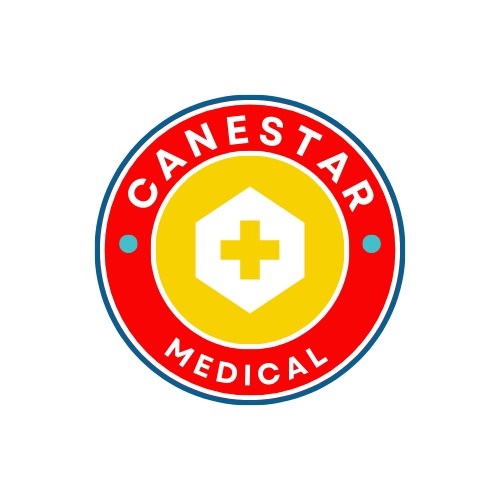ICU PROCEDURES: INTRAVENOUS (IV) THERAPY – Insertion of IV Lines and Central Venous Catheters, Infusion of Medications and Total Parenteral Nutrition (TPN)
ICU Procedures: Intravenous (IV) Therapy
1. Insertion of IV Lines and Central Venous Catheters (CVCs):
A. Peripheral IV Line Insertion:
- Purpose: Administer medications, fluids, or nutrients directly into the bloodstream.
- Procedure:
- Prepare equipment: IV catheter, gloves, antiseptic solution, tourniquet, dressing, and IV fluids/medications.
- Select a vein: Use a vein on the hand or forearm. Apply a tourniquet to distend the vein.
- Aseptic technique: Clean the site with an antiseptic.
- Insert the catheter: Insert the needle at a shallow angle until blood return is visible. Advance the catheter and withdraw the needle.
- Secure the catheter: Attach the IV tubing, flush the line, and secure with a dressing.
- Monitor: Watch for signs of infiltration or infection.
B. Central Venous Catheter (CVC) Insertion:
- Purpose: Administer medications or fluids that require a larger, central vein (e.g., subclavian, internal jugular).
- Procedure:
- Position patient: Supine with head turned away from insertion site.
- Prepare equipment: Sterile gloves, gown, mask, catheter kit, ultrasound (optional), antiseptic.
- Aseptic technique: Full sterile precautions, draping the patient.
- Insert catheter: Use a large needle or guidewire to access the vein under ultrasound guidance. Thread the catheter through the vein.
- Confirm placement: X-ray or ultrasound to verify the catheter’s position.
- Secure: Suture or adhesive device to prevent dislodgement.
- Monitor: Watch for complications like infection, pneumothorax, or catheter-related bloodstream infections (CRBSIs).
2. Infusion of Medications:
- Types of Medications: Antibiotics, analgesics, vasopressors, sedatives, and anticoagulants.
- Procedure:
- Medication preparation: Follow aseptic technique, and ensure the correct dose and dilution.
- Infusion: Attach to the IV line using a pump for accurate delivery.
- Monitor: Monitor the patient’s vital signs and any adverse reactions. Ensure proper flow rate.
3. Total Parenteral Nutrition (TPN):
- Purpose: Provide nutrition intravenously when the gastrointestinal tract cannot be used.
- Components: Carbohydrates, proteins, fats, electrolytes, vitamins, and trace elements.
- Procedure:
- Preparation: TPN must be administered through a CVC to prevent vein irritation from the hyperosmolar solution.
- Aseptic technique: Strict sterile handling is necessary to prevent infection.
- Infusion: Use an infusion pump to ensure precise delivery over 12–24 hours.
- Monitor: Check for signs of infection, electrolyte imbalances, hyperglycemia, or liver dysfunction.
- Lab tests: Frequent monitoring of blood glucose, electrolytes, and liver function is essential.
Key Points:
- Aseptic technique is critical to prevent infection in all IV and CVC procedures.
- Regular monitoring and assessment of the insertion site are necessary to identify complications early.
- IV therapy in the ICU involves close monitoring of the patient’s response to fluids, medications, and TPN, with careful management of the infusion rate and dosage.
